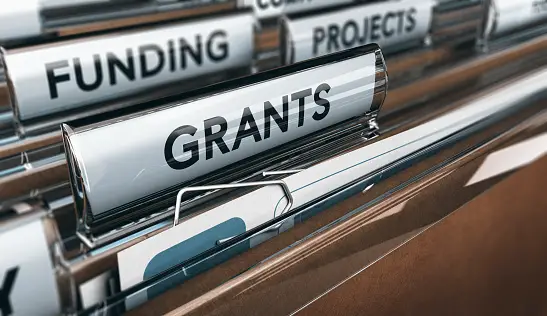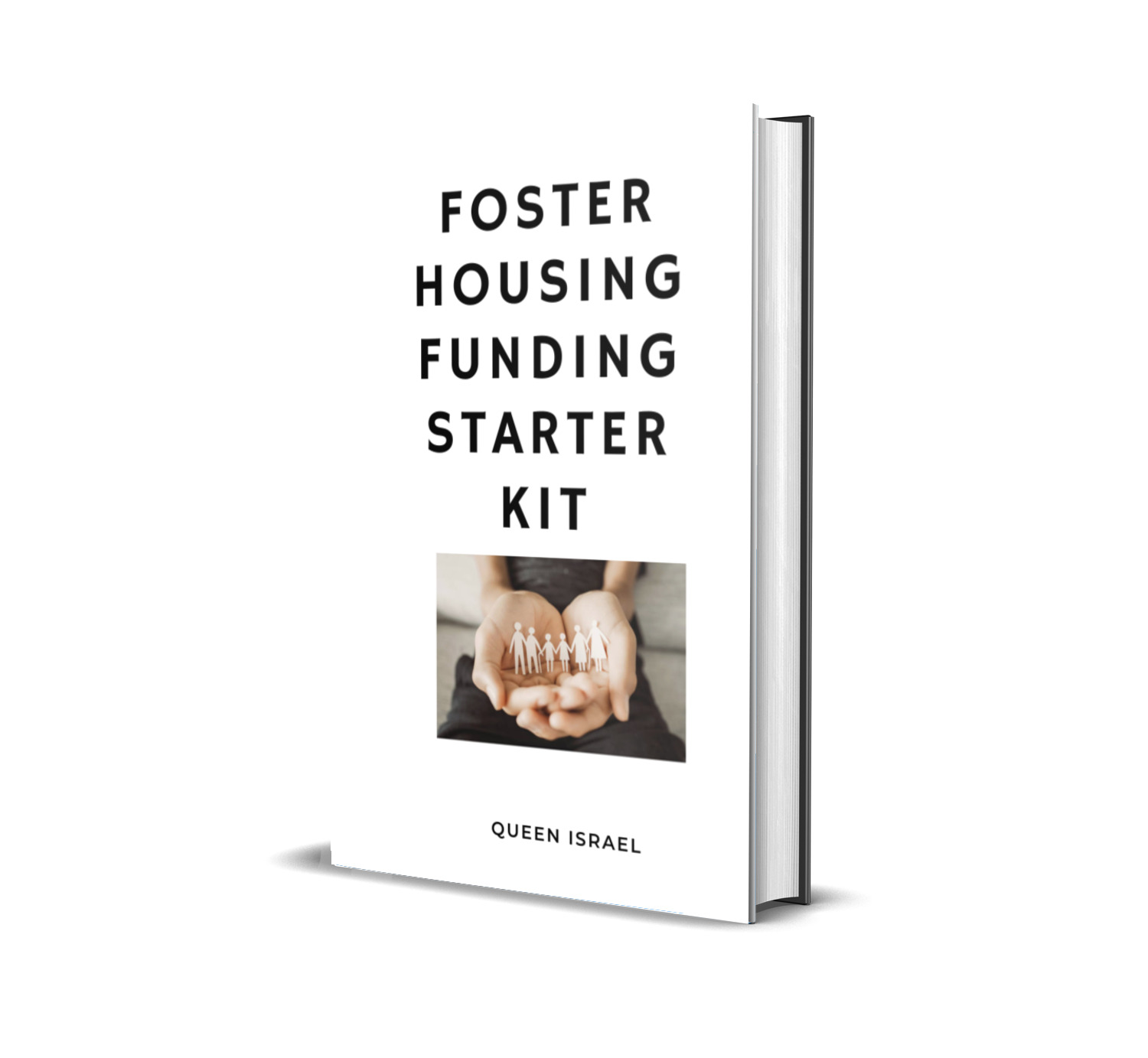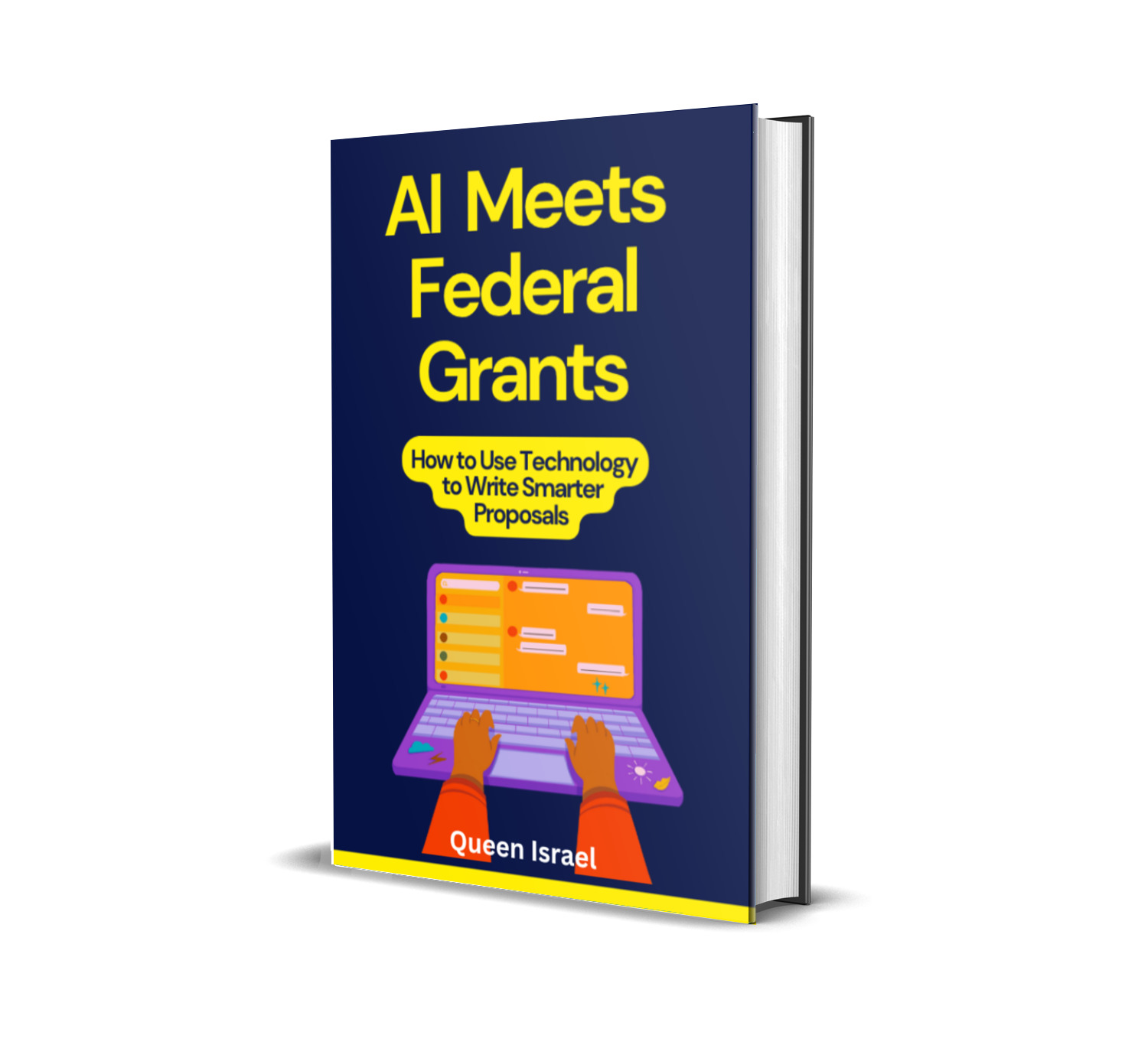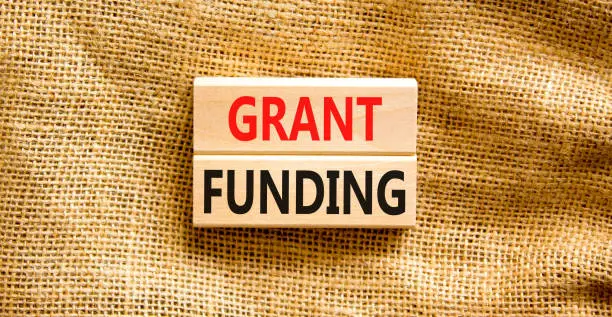When it comes to securing funding for your nonprofit or project, understanding the various types of grants is essential. Grant categories play a pivotal role in helping you determine which type of funding aligns best with your objectives, mission, and project needs as a nonprofit organization, a researcher, or an individual seeking funding for your next big idea, understanding the different types of grants can be the difference between success and failure.
In this comprehensive guide, we will dive into the world of grants, explore the different grant categories, and provide you with insights on how to navigate them.
By the end of this article, you’ll have a solid understanding of how to identify the right type of grant and increase your chances of receiving funding.
What Are Grant Categories?
A grant is a sum of money given by a government, foundation, corporation, or other entity to support a specific project or purpose. The grant categories determine the types of projects or initiatives that the funding will support.
Grants are not one-size-fits-all; there are different categories for various fields, including education, health, environment, arts, and more.
Some common grant categories include:
1. Government Grants
Government grants are typically offered by federal, state, or local government entities. They support a variety of projects, from educational programs and community development to healthcare initiatives and scientific research. These grants often come with strict eligibility requirements, detailed guidelines, and require comprehensive reporting to ensure that the funds are utilized appropriately.
For instance, the U.S. government allocates billions of dollars each year through agencies like the National Institutes of Health (NIH), the National Science Foundation (NSF), and the Department of Education. In 2023 alone, NIH granted over $42 billion to medical research projects, showcasing the significant impact government grants can have on advancing public welfare and scientific knowledge.
2. Foundation Grants
Foundations, whether public or private, allocate funds to support projects that align with their mission. These grants can be given to nonprofits, schools, or individuals with the goal of driving social change, innovation, and community development.
Foundations like the Bill & Melinda Gates Foundation or the Ford Foundation are well-known for their wide-ranging support of education, health, and social justice projects. While foundation grants tend to be more flexible than government grants, they often require a well-thought-out proposal that clearly demonstrates how the funds will create a meaningful impact.
3. Corporate Grants
Many corporations offer grants as part of their corporate social responsibility (CSR) initiatives. These grants are often aimed at supporting causes that resonate with the company’s values and strategic goals.
For example, corporations like Google, Microsoft, and Coca-Cola offer various funding opportunities, particularly in technology education, sustainability, and community development. Applying for corporate grants typically involves meeting specific eligibility criteria tied to the company’s focus areas and demonstrating how your project supports their CSR mission.
4. Research Grants
Research grants fund projects that aim to advance knowledge in various fields, such as healthcare, technology, and social sciences. These grants are commonly awarded to universities, research institutions, or individual researchers working on groundbreaking projects. They often require presenting a comprehensive research proposal, adhering to stringent protocols, and detailed plans for data collection and analysis.
According to a report by the National Science Foundation, around 45% of research projects in STEM fields receive some form of federal grant support, demonstrating the importance of these funds in driving innovation and academic advancement.
5. Scholarships and Fellowships
While not always considered traditional grants, scholarships and fellowships are crucial forms of financial support for students and academics seeking to further their education or research. These grants typically focus on academic achievement and are awarded based on merit, need, or specific fields of study.
Organizations like the Fulbright Program or the Rhodes Scholarships provide opportunities for students to access funding to study abroad, conduct research, or undertake projects that contribute to global understanding and cooperation.
6. Nonprofit Grants
Nonprofit grants are aimed at organizations that operate for a social cause rather than for profit. These grants support projects that improve communities, tackle social issues, or contribute to environmental sustainability. Nonprofits can apply for a variety of grants, from capacity-building grants to project-specific funding.
For example, a nonprofit focused on literacy could apply for a grant to develop community reading programs, train volunteers, or purchase books. According to Giving USA, charitable giving in the United States reached over $484 billion in 2020, highlighting the availability of funds and opportunities for nonprofits to secure grants that match their mission.
Why Are Grant Categories Important?
Understanding the different grant categories is crucial for several reasons:
a) It helps you in focusing Your Search.
Knowing which categories align with your project’s goals allows you to focus your energy and resources on the most relevant funding opportunities. For instance, if you’re seeking funding for an environmental conservation project, targeting environmental or government grants dedicated to sustainability will be far more effective than applying for grants unrelated to environmental issues.
b) Streamlined Application Process
Each type of grant comes with its own set of requirements, eligibility criteria, and deadlines. By narrowing your search to specific categories, you can ensure that your application meets all necessary guidelines, which improves your chances of success. This targeted approach reduces wasted time and effort on applications that don’t fit your project.
c) Competitive Advantage
A deep understanding of grant categories and what each funder is looking for gives you a competitive edge. When you craft a proposal tailored to the specific expectations and criteria of a grant category, you demonstrate a clear alignment with the funder’s mission, increasing your likelihood of approval.
d) Data and Impact
Funders want to see the tangible impact of their investment. By understanding which category your project fits into, you can collect and present data that supports your case effectively. For example, if you’re applying for a health-related grant, including statistics on health outcomes, patient success rates, and potential community benefits can strengthen your proposal.
How to Find Grants in Different Categories
Finding the right grants for your needs requires research and due diligence. Thankfully, several tools and strategies can help you locate grants within your desired category:
a) Government Websites
Many government agencies, both at federal and state levels, offer extensive databases for searching grants. Websites like Grants.gov and USA.gov list thousands of opportunities across various sectors, making them excellent starting points for finding government grants. Grants.gov, for example, allows you to filter by category, agency, eligibility, and more. This site reported over 1,000 active grant opportunities in the health sector alone in 2023.
b) Foundation Directories
Foundation directories such as Candid (formerly Foundation Center) and the Chronicle of Philanthropy offer comprehensive lists of public and private foundations that provide grants. These directories enable you to filter by categories, geographic region, funding amounts, and specific interests. Such tools can be incredibly valuable for pinpointing foundation grants that match your project’s goals.
c) Grant Databases and Platforms
Online platforms like Instrumentl and GrantWatch compile funding opportunities from various sources, offering advanced search capabilities by category, keywords, and more. These platforms simplify the process of finding grants that suit your specific needs, whether they are aimed at nonprofits, research, or community projects. They often include helpful analytics and historical data on grant success rates.
d) Nonprofit Associations and Networks
Nonprofit associations and networks often provide members with access to tailored grant opportunities in their specific field. Being part of such a community not only gives you access to nonprofit grants that might not be widely advertised but also provides networking opportunities and shared resources. For instance, the Nonprofit Association of the Midlands offers member-only grant listings, workshops, and consultations.
e) Corporations and Corporate Foundations
Check the CSR or philanthropic sections of company websites to see if they offer grants in your area of focus. Corporations like Google.org, Walmart Foundation, and others often have dedicated portals for their grant programs. These sites will list eligibility criteria, funding priorities, and application deadlines, which can be crucial for aligning your proposal with their interests.
Best Practices for Applying for Grants in Different Categories
Once you’ve identified the right grant categories, the next step is crafting a compelling application. Below, we will dive deeper into strategies to improve your chances of success:
a) Understand the Guidelines
Before applying, take the time to thoroughly read the grant guidelines and ensure that your project aligns with the funder’s objectives. Each funder provides specific criteria and expectations. For example, a grant for environmental conservation might require detailed plans for reducing carbon footprints or preserving wildlife habitats. If you align your proposal with these expectations, you show that you’ve done your homework and are a serious candidate.
b) Tailor Your Proposal
Tailoring your proposal to the grant category cannot be overstated. A one-size-fits-all application rarely works. Instead, customize each proposal to speak directly to the funder. Use their language, address their priorities, and clearly outline how your project meets their goals. This personalized approach demonstrates respect for the funder’s mission and shows that your project is a perfect fit.
c) Show Impact
Regardless of the grant category, funders are interested in the impact of their investment. Use data, case studies, and projected outcomes to demonstrate how your project will create measurable change. For example, if you’re applying for an education grant, provide statistics on improved graduation rates or enhanced literacy levels from past projects. According to a study by the Urban Institute, proposals that clearly demonstrate past success and future impact are 30% more likely to get funded.
d) Be Clear and Concise
Grant reviewers often have limited time to read each proposal. Write clearly and concisely, avoiding jargon or overly complex sentences. Break up text with headings, bullet points, and visuals to make your proposal easy to skim. A clear and organized proposal not only enhances readability but also reflects well on your organizational skills.
e) Include a Budget
Most grant applications require a detailed budget that outlines how the funds will be spent. Your budget should be realistic, transparent, and directly linked to the activities in your proposal. Explain each expense, how it contributes to your goals, and why it’s necessary. Including a well-thought-out budget shows that you are prepared to manage the funds responsibly, which builds trust with the funder.
f) Follow Submission Instructions
Adhering to submission instructions is crucial. Double-check formatting requirements, deadlines, and all requested documentation before submitting. Missing a deadline or failing to include required attachments can result in automatic disqualification, no matter how strong your proposal might be. Organize a checklist to ensure you’ve covered all aspects of the application.
Examples of Successful Grant Applications
To illustrate how applying for different grant categories works, let’s look at a few examples of successful grant applications in various fields:
a) The National Institute of Health (NIH) Research Grant
A team of researchers sought funding for a groundbreaking study on mental health interventions in rural communities. They applied for an NIH research grant focusing on behavioral health.
Their proposal included strong preliminary data, a detailed research plan, and clear potential for improving mental health outcomes. By aligning their proposal with the NIH’s mission to enhance health and reduce illness burden, they secured a $2 million grant that enabled significant community health advancements.
b) The Ford Foundation’s Arts Grant
A nonprofit aimed to use the arts as a tool for social change applied for funding from the Ford Foundation. The project sought to create community art installations that addressed social issues and promoted unity among diverse populations.
The application highlighted how art can spark conversation, foster empathy, and build community ties. By providing detailed plans, community testimonials, and a strong alignment with the foundation’s mission, the nonprofit was awarded substantial funding.
c) A Corporate Grant for STEM Education
A local school district was seeking to upgrade its technology labs to better prepare students for future careers. They applied for a corporate grant from a tech company known for supporting STEM education initiatives.
Their proposal was specific, detailing how the funds would be used for computers, software, and teacher training, as well as outlining the long-term benefits for student outcomes. By matching the company’s CSR goals with their project needs, the school district received the grant, which significantly enhanced their educational offerings.
Statistics:
Understanding how to improve your chances at securing a grant can often be supported by data:
- According to a report by Grantsmanship Center, the average success rate for grant applications across various agencies hovers around 20%. This means that out of every 100 applications, only 20 typically get funded. However, those who invest time into understanding grant categories and crafting tailored proposals often see higher success rates.
- A survey by the Nonprofit Research Collaborative found that nonprofits that proactively seek funding advice and mentorship, such as subscribing to specialized newsletters, experience a 25% higher success rate in grant applications.
- The Foundation Center data suggests that organizations that submit proposals meeting 90% of the funder’s criteria are twice as likely to receive funding compared to those that don’t fully align with the guidelines.
How to Boost Your Grant Writing Success
Improving your grant writing skills can significantly impact your success in securing funding. Here are some actionable steps:
a) Education and Training
Invest in education and training to hone your grant writing skills. Many organizations and online platforms offer courses and workshops specifically focused on different grant categories and proposal writing. Enrolling in these courses can provide insights from experienced grant writers and increase your competence in writing persuasive proposals.
b) Networking and Mentorship
Connect with other grant writers or join professional associations. Networking can provide valuable insights, tips, and mentorship opportunities. Learning from those who have a track record of success in receiving grants can accelerate your growth and open doors to new funding opportunities.
c) Practice and Feedback
Write regularly and seek feedback on your proposals. Constructive criticism from peers or mentors can highlight areas of improvement and refine your writing style. The more you practice, the better you’ll become at addressing key points, presenting data effectively, and compellingly narrating your project’s story.
Subscribe for More Success!
If you’ve found this guide helpful and you’re eager to learn more about how to boost your chances of getting funded, consider taking the next step. By subscribing to the Grant Writing Academy Newsletter, you’ll gain access to exclusive tips, strategies, templates, and tools designed to enhance your success rates.
Our newsletter is tailored to be conversational and friendly, breaking down complex grant writing techniques into simple, actionable steps that anyone can understand. Whether you’re a seasoned professional or new to the world of grants, our resources will empower you with knowledge and confidence.
Stay informed with the latest trends, data, and success stories in grant writing. Join a community of like-minded individuals and organizations who are dedicated to making a difference through effective grant applications. Don’t miss out on this opportunity to transform your approach to grant writing and see tangible results.
Subscribe now to the Grant Writing Academy Newsletter and take control of your grant writing journey today!
Additional Resources and Support
a) Expand Your Knowledge
The grant writing field is always evolving. Keep learning and improving your skills to stay competitive.
Recommended Resources:
- Request for Proposal Success: How to Write Proposals That Win: Learn the techniques and strategies to create standout proposals.
- Tech Startup Funding Secrets: Navigating Grants for Maximum Growth: Perfect for those in the tech sector looking to leverage grants for scaling.
- Grant Proposal Guide for Environmental Projects: Tailored for environmental initiatives seeking to secure impactful funding.
- The Ultimate Guide to Federal Grant Applications: Techniques for Success: Master the complexities of federal grants with actionable insights.
Explore More Books Here
b) Invest in Expert Guidance
Want to fast-track your growth and achieve even more success?
Join one of our mentorship programs for tailored advice and support:
Mentorship Programs:
- 3-Month Mentorship: The Foundation Builder: A short-term plan to refine your grant writing skills and win your first (or next) grant.
- 6-Month Mentorship: The Proposal Pro: Dive deeper into strategies, proposal reviews, and funding plans.
- 1-Year Mentorship: The Funding Champion: Build long-term success with comprehensive guidance, unlimited reviews, and exclusive resources.
C) Book a One-on-One Consultation
Sometimes you just need personalized advice to tackle challenges or fine-tune your strategy. Let’s work together to solve your unique grant writing challenges.
Book a Consultation Call Here
Conclusion
Understanding and navigating grant categories is a foundational step to securing funding for your projects. With the right approach, tailored proposals, and a deep understanding of the funding landscape, you can significantly improve your chances of success.
And remember, subscribing to our newsletter provides ongoing support, insights, and exclusive content to help you every step of the way.






